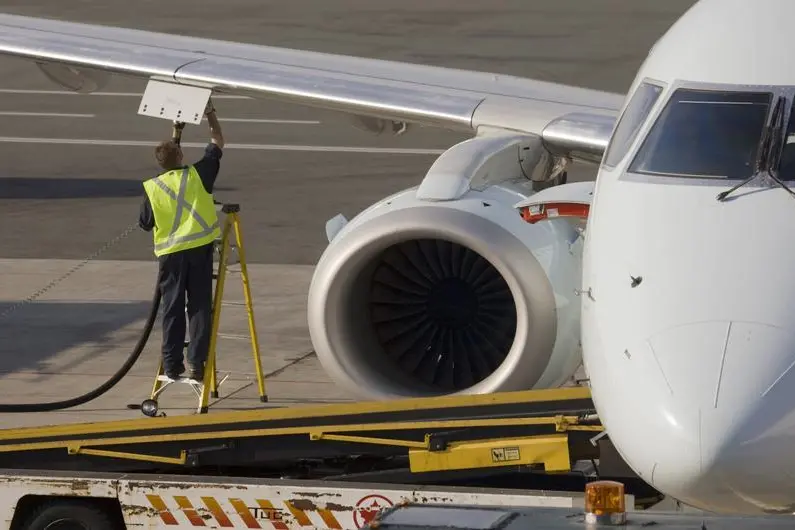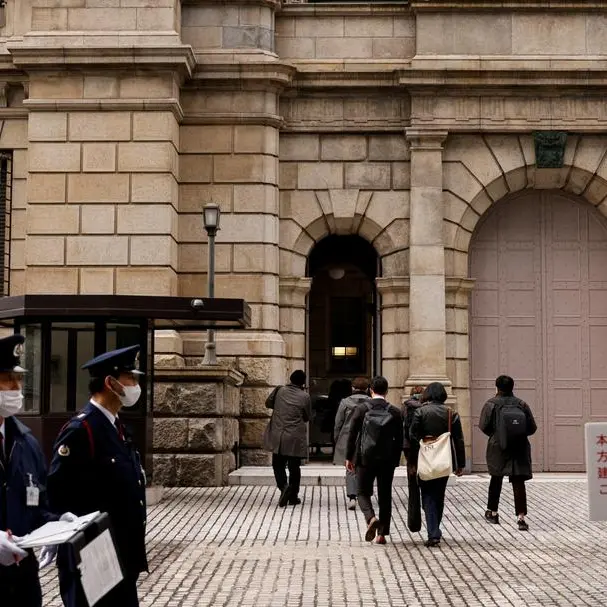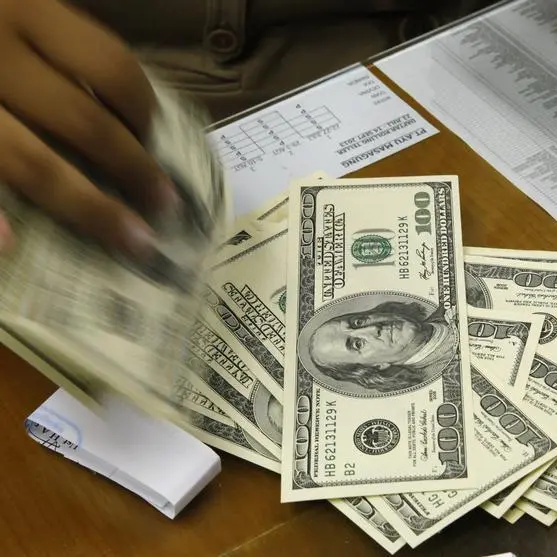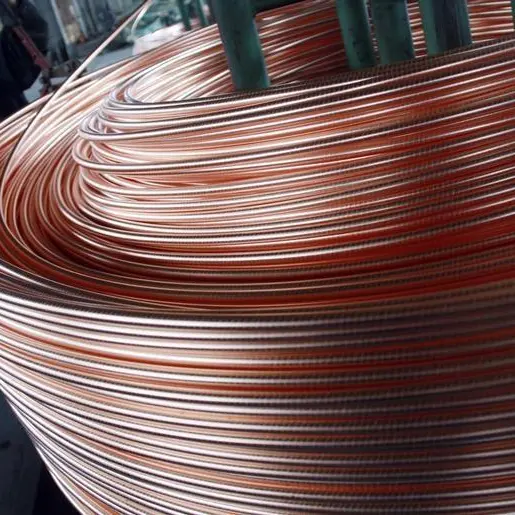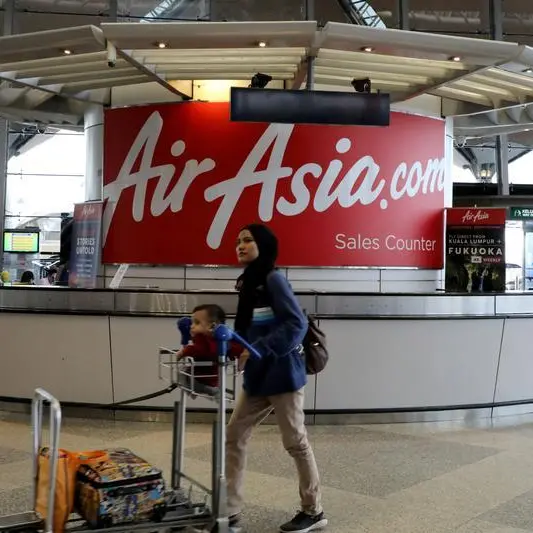PHOTO
(John Kemp is a Reuters market analyst. The views expressed are his own)
By John Kemp
LONDON, Sept 28 (Reuters) - Fuel consumption by U.S. airlines is growing at some of the fastest rates for a decade, according to data published by the federal government.
U.S. carriers consumed 1.6 billion gallons of fuel in July, up 3.4 percent from the same month a year earlier.
Fuel consumption for the first seven months of the year rose nearly 2.9 percent, the biggest increase since 2011 and before that 2005, according to the U.S. Department of Transportation.
Separately, the U.S. Energy Information Administration (EIA) has reported jet fuel consumption rose 4.7 percent year-on-year in January-June (according to product-supplied statistics) or by 6.6 percent in January-July (using prime supplier data).
Unlike the U.S. Department of Transportation fuel consumption data, which covers only U.S. airlines, the EIA numbers include all jet fuel consumed in the United States, including foreign carriers that refuel at U.S. airports.
Airlines' fuel use has been on a downtrend since the turn of the century as carriers introduced newer aircraft and sought operational efficiencies by cutting excess weight and flying fewer but fuller and larger planes.
Between 2000 and 2014, the number of aircraft departures per year increased by just 5.5 percent but the number of passengers carried went up almost 14.5 percent, according to Airlines for America, a trade association.
The number of route miles flown grew by 14 percent while the number of fare-earning passenger-miles grew by 24 percent.
But the main drivers of aviation demand (economic growth, employment and household incomes) are all now supporting strong growth in passenger numbers.
At the same time, falling fuel prices have translated into lower fares, giving an extra boost to the upturn in demand. Since peaking in June 2014, seasonally adjusted fares have fallen more than 13 percent.
Fares are down by around 6 percent compared with the same period last year, according to the U.S. Bureau of Labor Statistics, the largest decline since 2009, and before that 2004.
In the first six months of 2015, passenger numbers were up 3.9 percent, the largest year-on-year increase in the first half since 2005.
Until the fall in oil prices, fuel was the largest operating expense for U.S. airlines. Every cent off the price of a gallon of fuel cuts airline bills by $190 million per year, according to Airlines for America.
In the first seven months of 2015, U.S. airlines paid an average of $2.04 per gallon for fuel, down almost 32 percent compared with the same period in 2014.
Falling fuel prices have encouraged airlines to make slightly more seats available. Capacity as measured by the number of available seat-miles has been increasing faster than the number of revenue passenger-miles over the last 12 months.
Airline load factor has been edging down. In the first six months of 2015, the average flight was 81.7 percent full, down from 82.4 percent in the same period last year, according to the U.S. Bureau of Transportation Statistics (BTS).
The number of available seat miles climbed by more than 5 percent in the first half compared with the same period in 2014, the fastest increase for the time of year since 2004.
Capacity increases have spooked investors, who have punished airline stocks for what they see as a slackening of the previous capacity discipline, but they are gradually increasing fuel demand.
In the United States alone, airlines accounted for somewhere between an extra 37,000 and 87,000 barrels per day (bpd) of jet fuel consumption in the first half, depending on whether the calculation is made with BTS or EIA data.
That may not sound much in the context of global oil demand of around 90 million bpd. But when it's added to the 350,000 bpd of extra gasoline consumption on U.S. roads and additional aviation and driving demand in many other advanced economies, it is slowly making inroads in global excess supply.
(Editing by Dale Hudson) ((john.kemp@thomsonreuters.com; +44 207 542 9726 and on twitter @JKempEnergy))
By John Kemp
LONDON, Sept 28 (Reuters) - Fuel consumption by U.S. airlines is growing at some of the fastest rates for a decade, according to data published by the federal government.
U.S. carriers consumed 1.6 billion gallons of fuel in July, up 3.4 percent from the same month a year earlier.
Fuel consumption for the first seven months of the year rose nearly 2.9 percent, the biggest increase since 2011 and before that 2005, according to the U.S. Department of Transportation.
Separately, the U.S. Energy Information Administration (EIA) has reported jet fuel consumption rose 4.7 percent year-on-year in January-June (according to product-supplied statistics) or by 6.6 percent in January-July (using prime supplier data).
Unlike the U.S. Department of Transportation fuel consumption data, which covers only U.S. airlines, the EIA numbers include all jet fuel consumed in the United States, including foreign carriers that refuel at U.S. airports.
Airlines' fuel use has been on a downtrend since the turn of the century as carriers introduced newer aircraft and sought operational efficiencies by cutting excess weight and flying fewer but fuller and larger planes.
Between 2000 and 2014, the number of aircraft departures per year increased by just 5.5 percent but the number of passengers carried went up almost 14.5 percent, according to Airlines for America, a trade association.
The number of route miles flown grew by 14 percent while the number of fare-earning passenger-miles grew by 24 percent.
But the main drivers of aviation demand (economic growth, employment and household incomes) are all now supporting strong growth in passenger numbers.
At the same time, falling fuel prices have translated into lower fares, giving an extra boost to the upturn in demand. Since peaking in June 2014, seasonally adjusted fares have fallen more than 13 percent.
Fares are down by around 6 percent compared with the same period last year, according to the U.S. Bureau of Labor Statistics, the largest decline since 2009, and before that 2004.
In the first six months of 2015, passenger numbers were up 3.9 percent, the largest year-on-year increase in the first half since 2005.
Until the fall in oil prices, fuel was the largest operating expense for U.S. airlines. Every cent off the price of a gallon of fuel cuts airline bills by $190 million per year, according to Airlines for America.
In the first seven months of 2015, U.S. airlines paid an average of $2.04 per gallon for fuel, down almost 32 percent compared with the same period in 2014.
Falling fuel prices have encouraged airlines to make slightly more seats available. Capacity as measured by the number of available seat-miles has been increasing faster than the number of revenue passenger-miles over the last 12 months.
Airline load factor has been edging down. In the first six months of 2015, the average flight was 81.7 percent full, down from 82.4 percent in the same period last year, according to the U.S. Bureau of Transportation Statistics (BTS).
The number of available seat miles climbed by more than 5 percent in the first half compared with the same period in 2014, the fastest increase for the time of year since 2004.
Capacity increases have spooked investors, who have punished airline stocks for what they see as a slackening of the previous capacity discipline, but they are gradually increasing fuel demand.
In the United States alone, airlines accounted for somewhere between an extra 37,000 and 87,000 barrels per day (bpd) of jet fuel consumption in the first half, depending on whether the calculation is made with BTS or EIA data.
That may not sound much in the context of global oil demand of around 90 million bpd. But when it's added to the 350,000 bpd of extra gasoline consumption on U.S. roads and additional aviation and driving demand in many other advanced economies, it is slowly making inroads in global excess supply.
(Editing by Dale Hudson) ((john.kemp@thomsonreuters.com; +44 207 542 9726 and on twitter @JKempEnergy))
